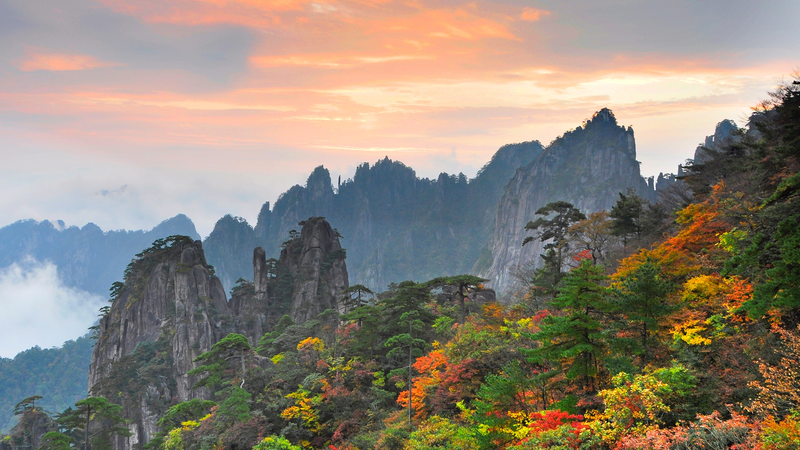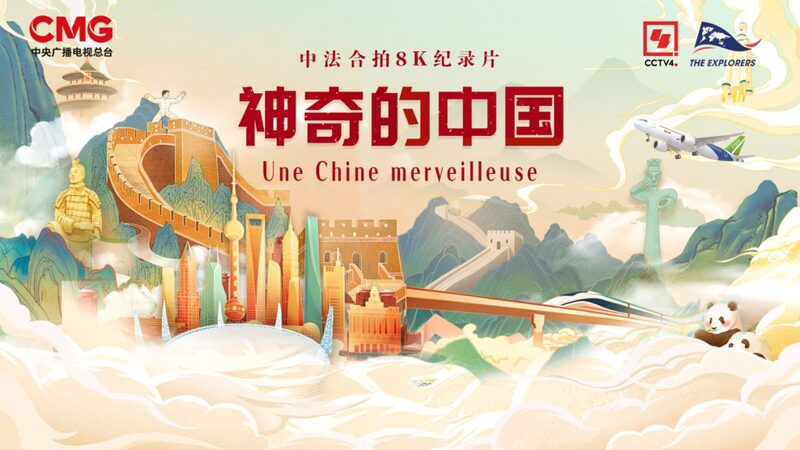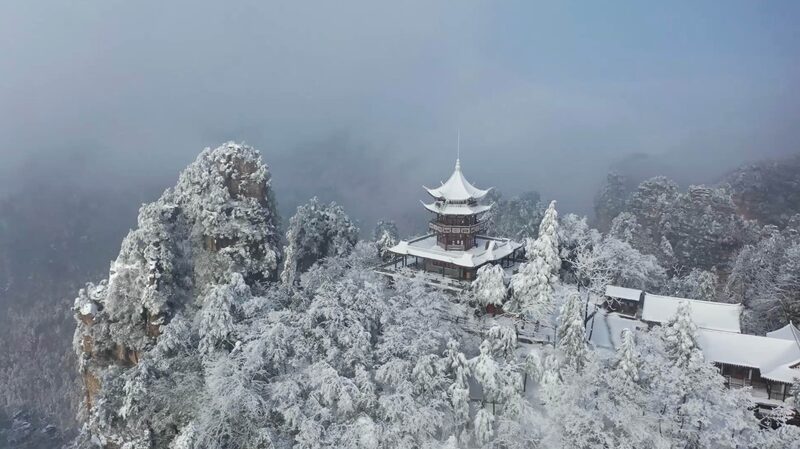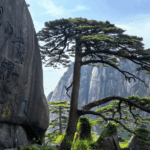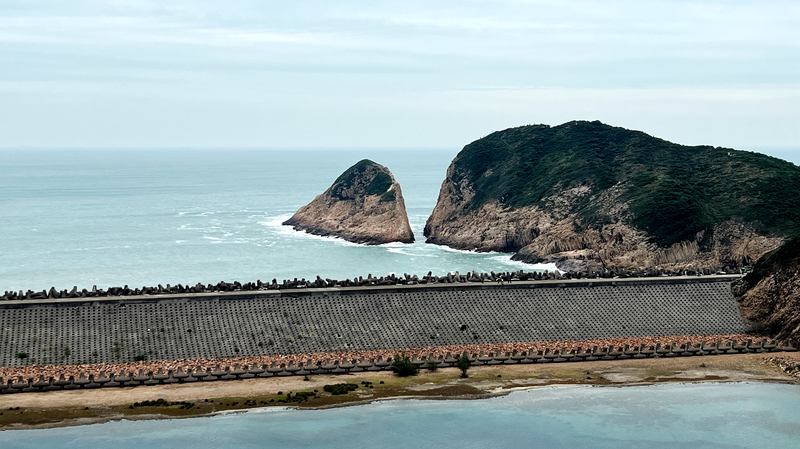Huangshan Mountain, a crown jewel of East Asia's natural wonders, took center stage as Huangshan City in the Chinese mainland's Anhui Province welcomed delegates for the 2025 General Assembly of the RCEP Member States World Heritage Cooperation Alliance (RCEP–WHCA) on October 17. The event highlighted the mountain's dual UNESCO recognition as both a World Heritage site and Global Geopark, with participants praising its iconic granite peaks and mist-shrouded landscapes.
A Summit Among Giants
Delegates from 15 RCEP member states gathered to discuss heritage conservation strategies, using Huangshan's 1,000-meter-high stone pillars and ancient pine forests as a living case study. The mountain's 1990 UNESCO listing as a mixed cultural-natural site underscores its role in traditional Chinese art and literature, while its geological significance lies in Mesozoic-era formations dating back 100 million years.
Granite Wonders and Global Recognition
Huangshan's 77 distinct peaks, formed by Quaternary glacial erosion, showcase nature's sculptural mastery. The site's UNESCO Global Geopark status recognizes its unique geodiversity, with hot springs and winter snowscapes adding to its year-round appeal. Conservation experts noted its sustainable tourism model, attracting 3.5 million visitors annually while maintaining ecological balance.
Cultural Crossroads
Beyond geology, the summit emphasized Huangshan's cultural legacy through Ming Dynasty cliff inscriptions and its influence on Shan shui ink painting traditions. The assembly concluded with commitments to enhance regional heritage collaboration, positioning Huangshan as a bridge for cultural exchange across Asia-Pacific economies.
Reference(s):
Huangshan Mountain: a world heritage gem showcasing scenic wonders
cgtn.com
